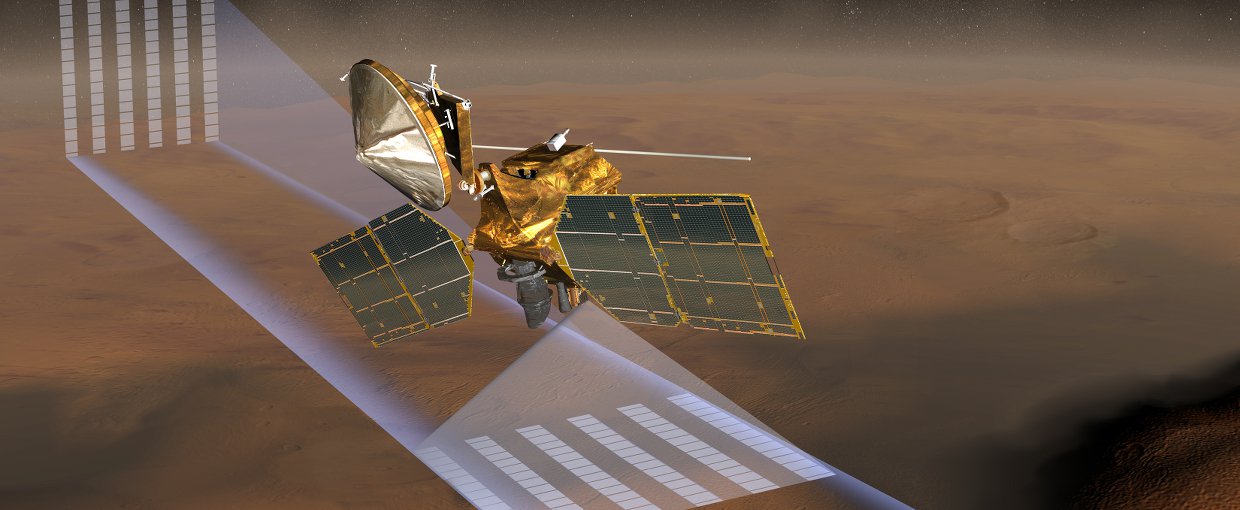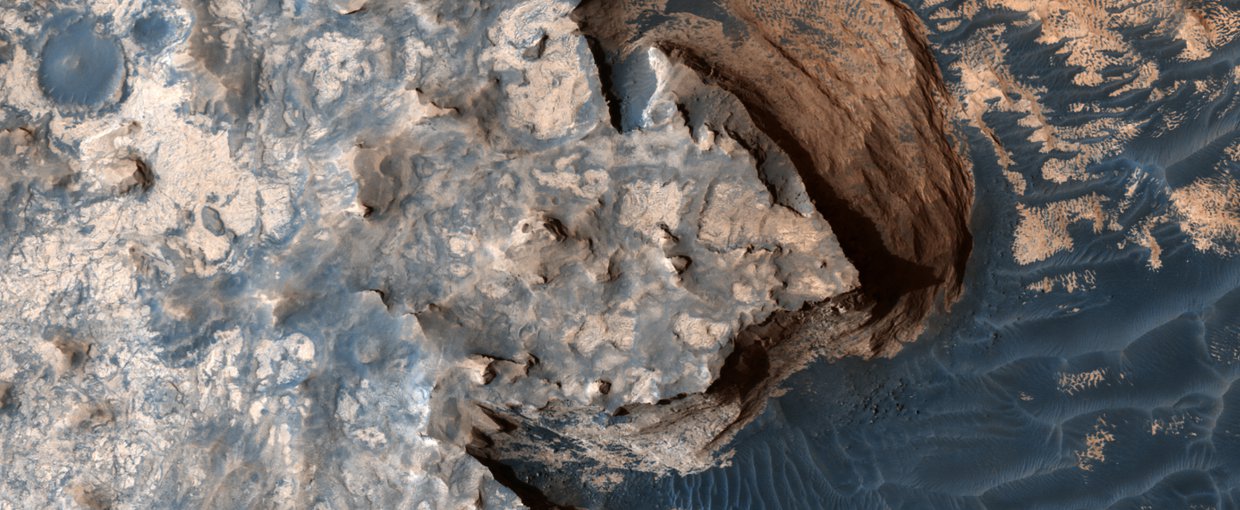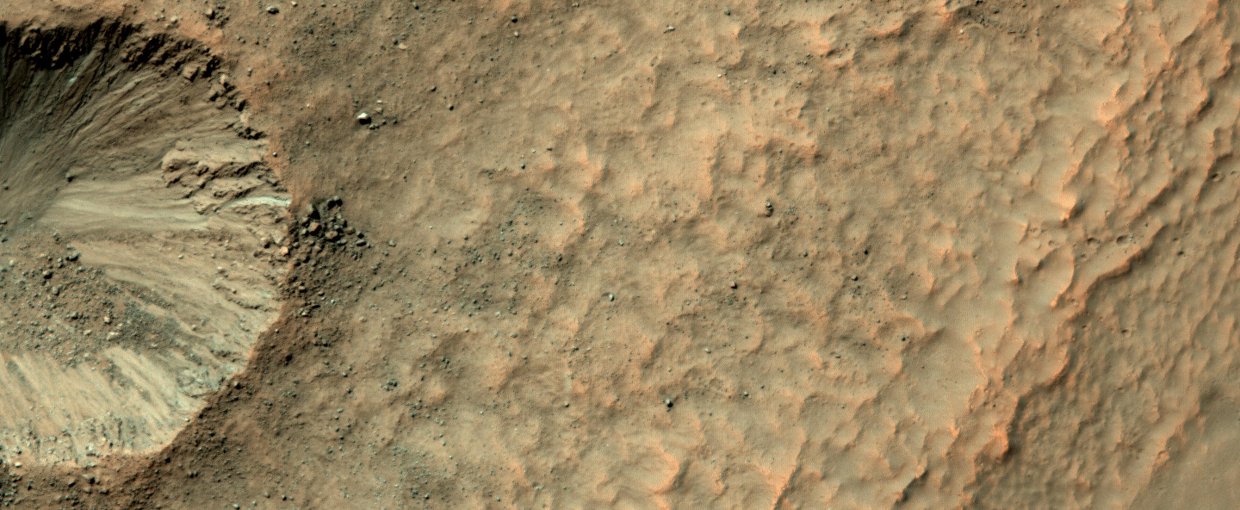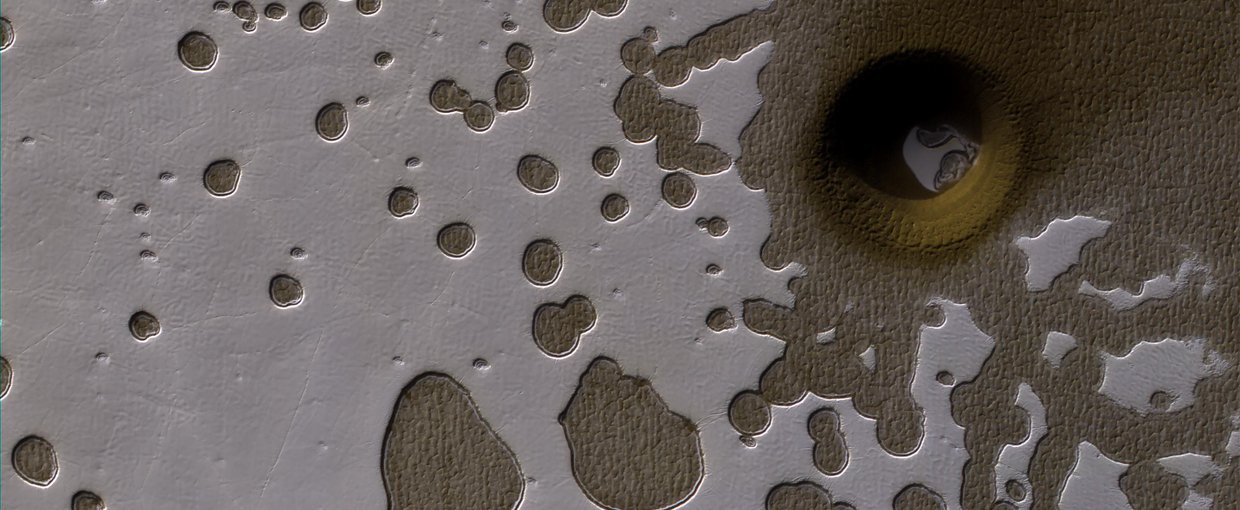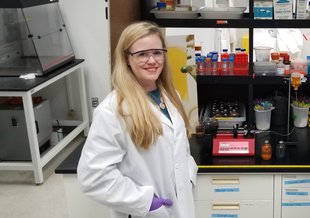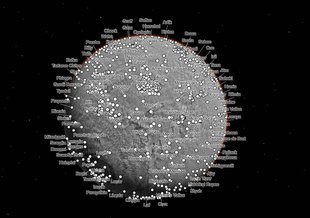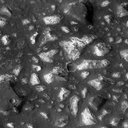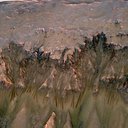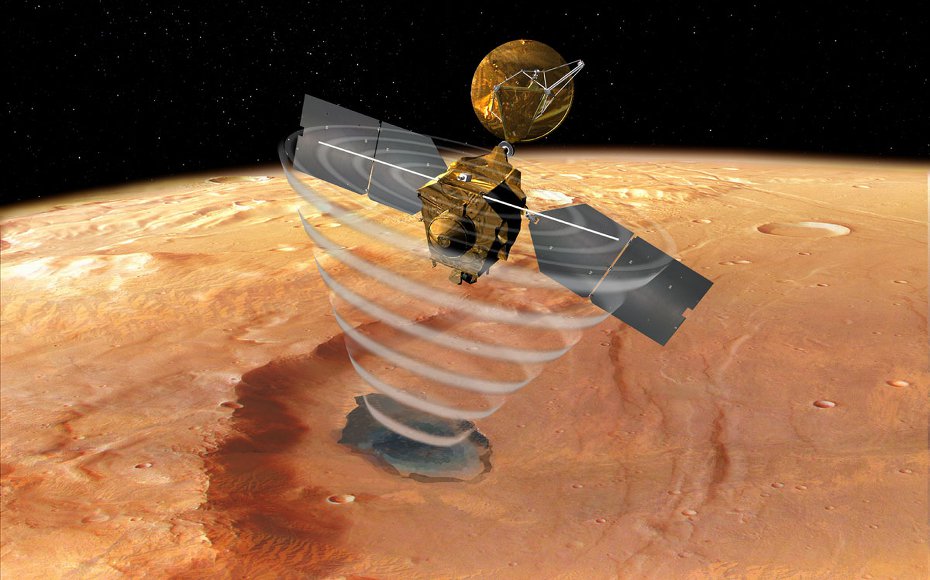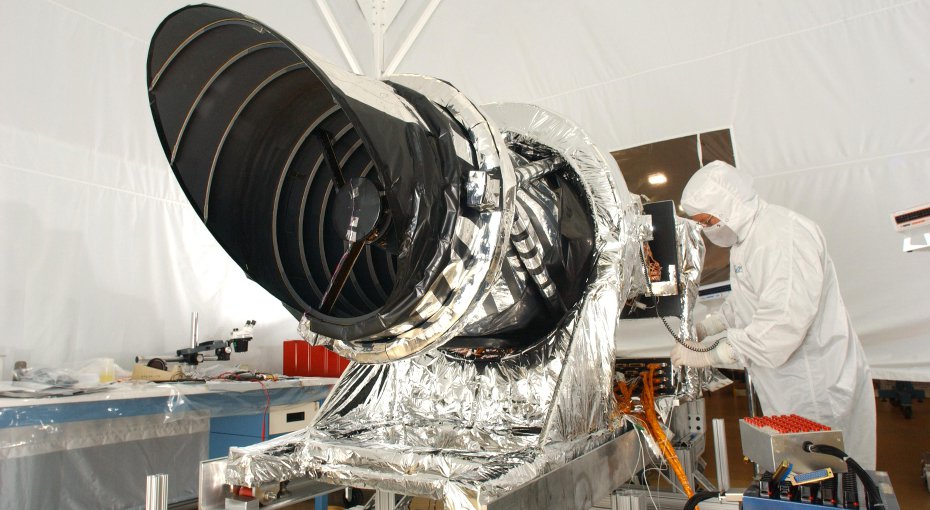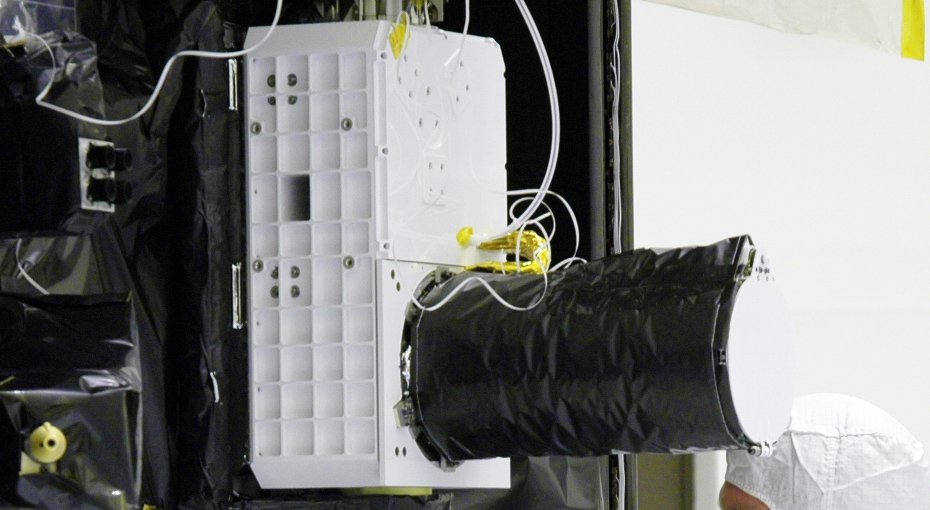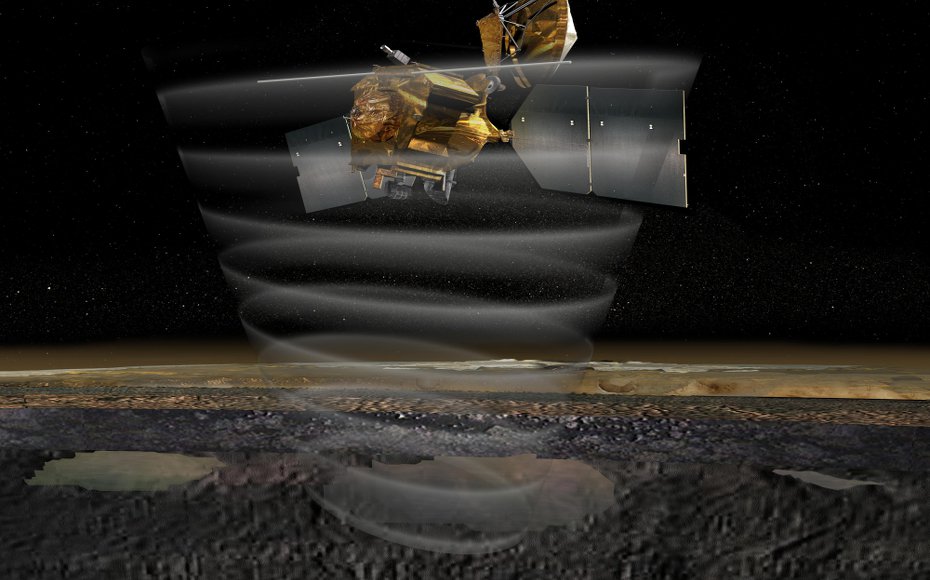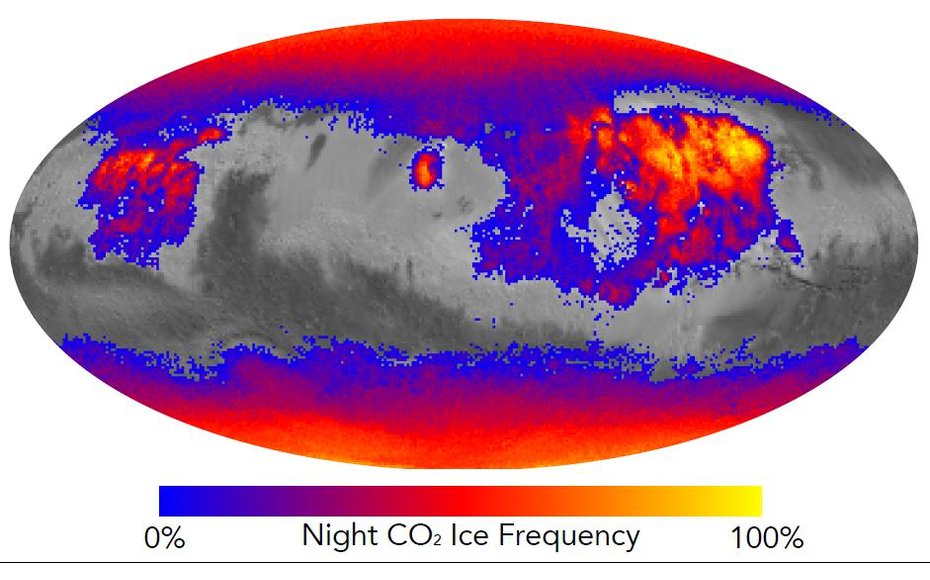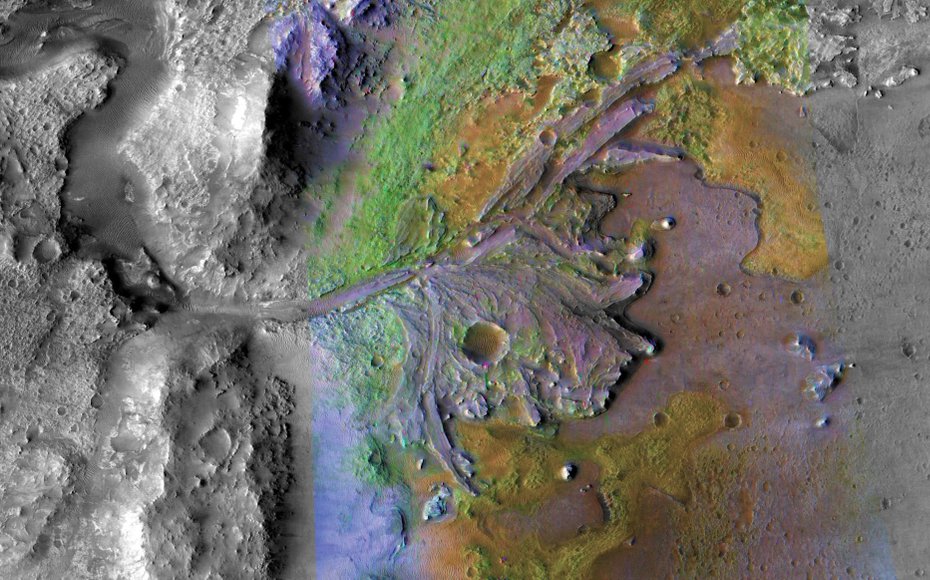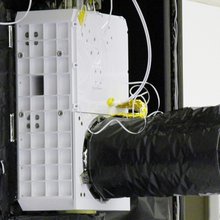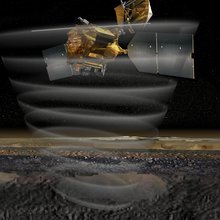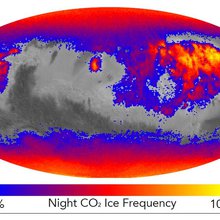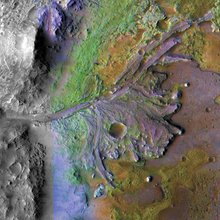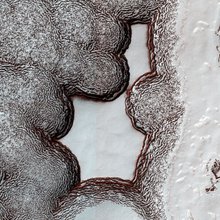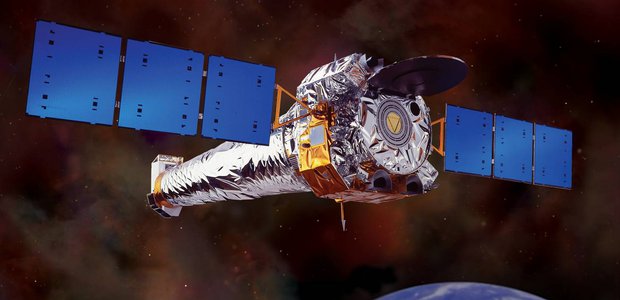- Launch Date August 12, 2005
- Arrival Date March 10, 2006
- Mission TypeOrbiter
- TargetMars
Mission Overview
NASA’s Mars Reconnaissance Orbiter (MRO), launched August 12, 2005, is on a search for evidence that water persisted on the surface of Mars for a long period of time. While other Mars missions have shown that water flowed across the surface in Mars’ history, it remains a mystery whether water was ever around long enough to provide a habitat for life.
Relevance to Astrobiology
Data from MRO is essential to astrobiologists studying the potential for habitable environments on past and present Mars. MRO also provides invaluable data used in selecting landing sites for future Mars missions. Data from MRO is also important in building climate models for Mars, and for use in comparative planetology studies performed astrobiologists who study the potential habitability of exoplanets that orbit distant stars.
NASA Astrobiology Involvement
The NASA Astrobiology Program supports numerous scientists involved in the MRO mission, as well as researchers working with data returned by the orbiter. Being active for more than a decade, MRO has sent back an astounding amount of data that will provide astrobiologists interested in Mars with scientific opportunities for years to come.
The Astrobiologists
Researchers working with data from MRO are supported by the NASA Astrobiology Program through a number of program elements, including Habitable Worlds, Exobiology & Evolutionary Biology, Exoplanets (NExSS), the NASA Astrobiology Institute (NAI) and the instrument development programs PICASSO and MatISSE.

